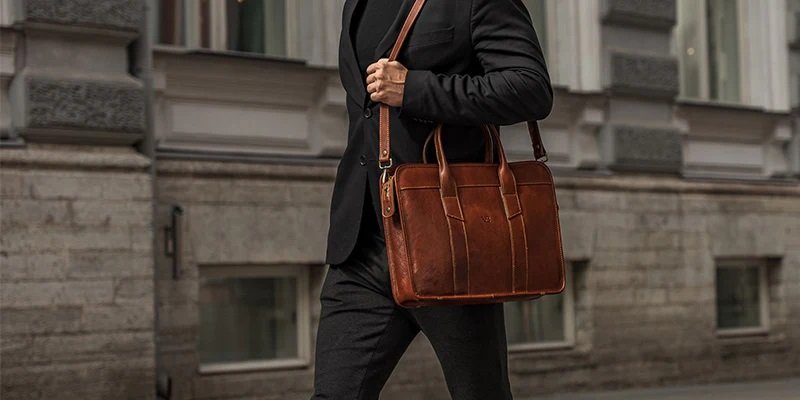FASHION CULTURE: The Niqab Debate
by Ashwini Selvakumaran
The issue revolving around the cultural and social stigma of the niqab has been aggressively debated for months. The media has portrayed the influx of opinions surrounding this issue in a relatively negative light. However, the issue at hand isn’t whether or not Canadians are for or against the niqab, it is whether or not the niqab fits into the array of Canadian values. I am strongly against the banning of the niqab because it would infringe upon the rights of Canadians.
First of all, it is important to address the purpose of the niqab. The niqab is a religious head covering worn by some Muslim women that reveals only the eyes. Although its popularity has declined over recent years, many Canadians still view the niqab with unnecessary disgust and see it as an attack against the freedom of religion. For example, take a look at the Conservative Party’s stance on the niqab. Conservative party leader Stephen Harper, says “why would Canadians, contrary to our own values, embrace a practice ... that is not transparent, that is not open and frankly is rooted in a culture that is anti-women?" It is ironic for Harper to say that the niqab is contrary to Canadian values. In the Canadian Charter of Freedom and Rights, there is a clear statement of freedom of religion and conscience and freedom of expression as fundamental rights. In regards to equality, every individual is equal before and under the law and has the right to the equal protection and equal benefit of the law without discrimination. As these Muslim women are about to become Canadian citizens, is it not fair to embrace their newly acquired right to the freedom of expression?
The public view of the niqab unfortunately echoes the sentiments of Harper’s views. In the polls conducted, “participants felt that those who attended such ceremonies needed to be clearly identifiable and did not think it made sense that someone should be able to hide their face." However, Harper’s claims have little substance in regards to his struggle to ban the niqab strictly at the citizenship ceremony. In my opinion, the majority of Canadians are assuming that women wearing veils for the ceremony don’t have to lift their veils at all to be identified. When in fact, women must show their faces to an official, in private, to identify themselves prior to the ceremony.
The way a person interprets their religion should not be a barrier that prevents them from obtaining their rights and freedoms. Fortunately, when the issue was summoned at the Federal Court, Justice Keith M. Boswell agreed that, “wearing a niqab does not interfere in any substantive way with taking the oath” (Loriggio 1). Wearing the niqab at the ceremony is the same situation as if a Christian decided to wear a religious cross, or if an Orthodox Jew decided to wear a black cap. Religious expression is by no means a barrier.
According to the Charter, when it comes to the people versus the common good, the Federal Court is justified in admonishing this behaviour, and is adhering to the rights of the Canadian citizens. Bringing this issue to the court sheds light on how beneficial the common good is to us in society. It is so important for Canadians to discuss religious perseverance and equality, which is one of the only positive outcomes this argument has brought forth. In order to further preserve the values of the Charter, Canadians should refuse to tolerate with such religious discrimination against new Canadian citizens. We are all equal under the law, and as Canadian citizens, we should accept a woman’s decision to wear her niqab as her own. As one of her own entitlements to the freedom of expression.











